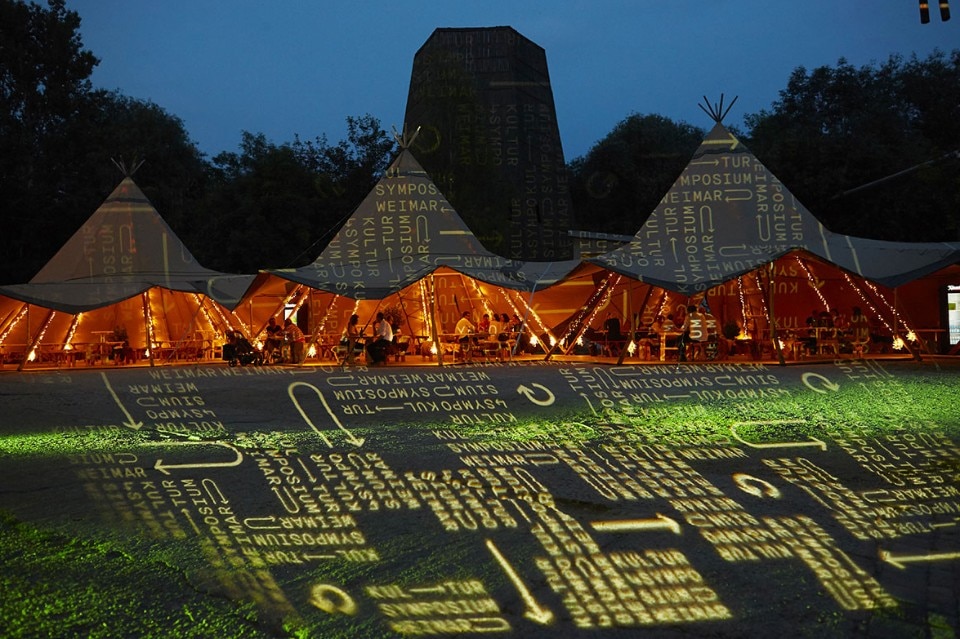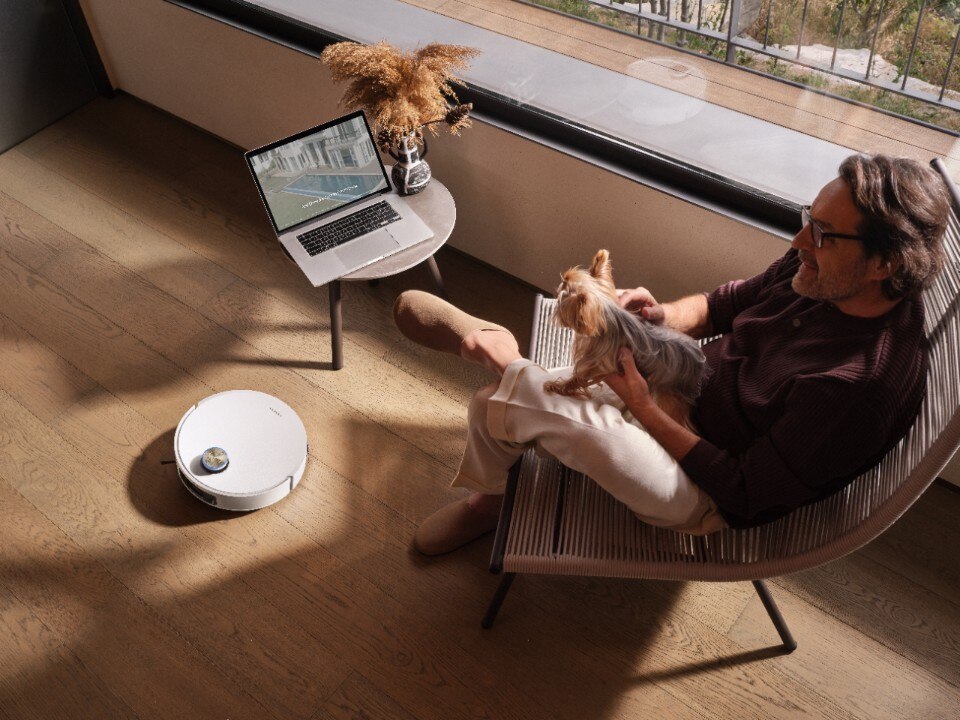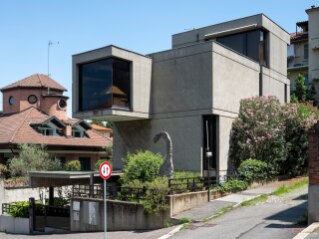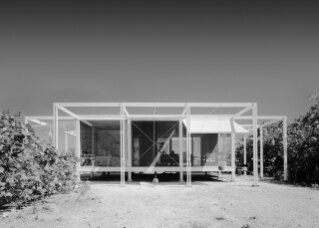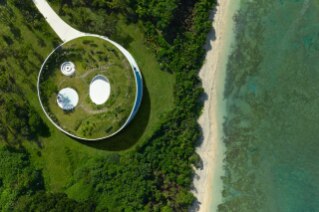When the Bauhaus opened in Weimar in 1919, its aim was to imagine the world of the future. It is not by chance that the opening exhibition of the new Bauhaus Museum – opened this year and designed by Heike Hanada – refers to the school’s motto: “How will we live, how will we settle, what form of community do we want to aspire to?”. In the same city, 100 years later, the second edition of the Goethe-Institut’s Kultursymposium was held, entitled “Recalculating the Route”.
The two events have in common a central reflection, namely the relationship between man and machine: as then, new technologies face our world and how they will be integrated into our lives is a complex question, which requires an effort on several disciplinary fronts.
In order to investigate these issues, the programme of the Goethe-Institut symposium took place as a series of events of a different nature: from presentations to debates, from performances to projections.
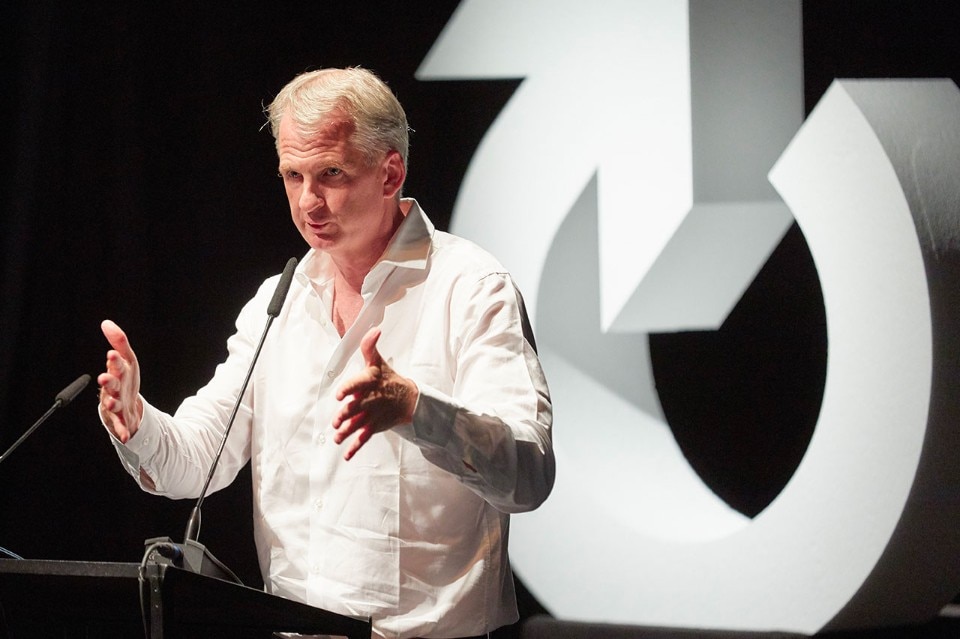
The event was attended by international and authoritative guests from the worlds of art, design, science, technology, journalism and politics. Among the many guests were German Bundestag Vice-President Claudia Roth, Yale University historian and lecturer Timothy Snyder, artificial intelligence expert Toby Walsh, StopFake.org founding journalist Olga Yurkova and Philippine artist and activist Carlos Celdran.
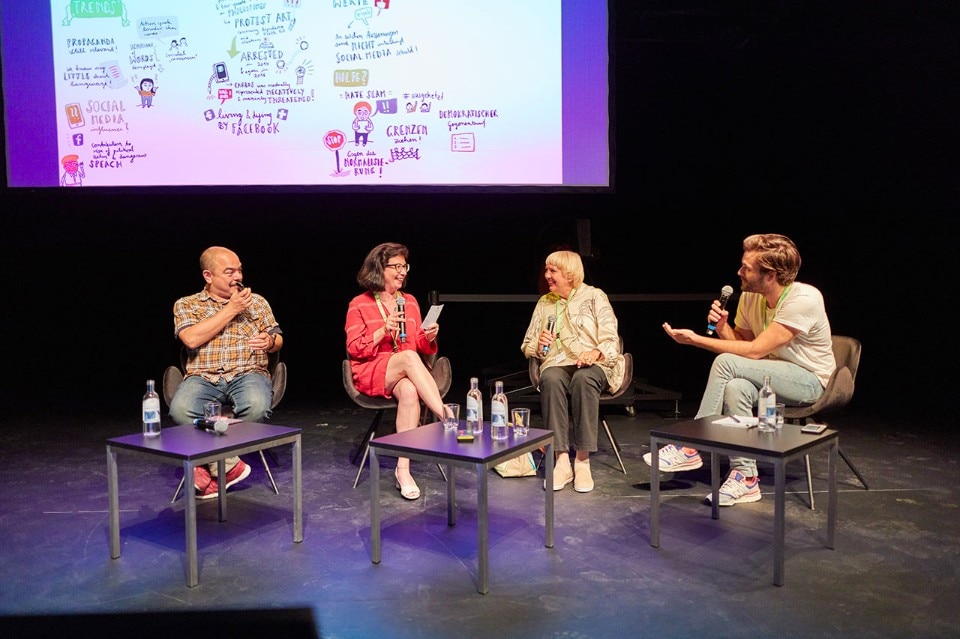
The president of the Goethe-Institut Klaus-Dieter Lehmann inaugurated the Kultursymposium, explaining what it means to “recalculate the route” for the German institute. Emblematically, a designer was chosen for the opening speech: Anab Jain, co-founder and director of Superflux.
Jain showed how the creation of scenarios including the intentional and unintentional consequences of new technologies is an essential part of her work as a designer. In order to identify these consequences, Superflux produces future scenarios based on quantitative data: it did so, for example, in the case of The Future Energy Lab (2017) commissioned by the Government of the United Arab Emirates for the definition of the country’s energy policies for 2050. For this purpose, the design studio collaborated with a group of scientists to create a sample of the air that we are expected to breathe in 2030 if we decide to continue with current energy policies. This experiment triggered the decision by the government of the Emirates to invest in renewable energy, while the work of Superflux continued in the creation of models of a metropolis of the future, the Future Energy Zone.
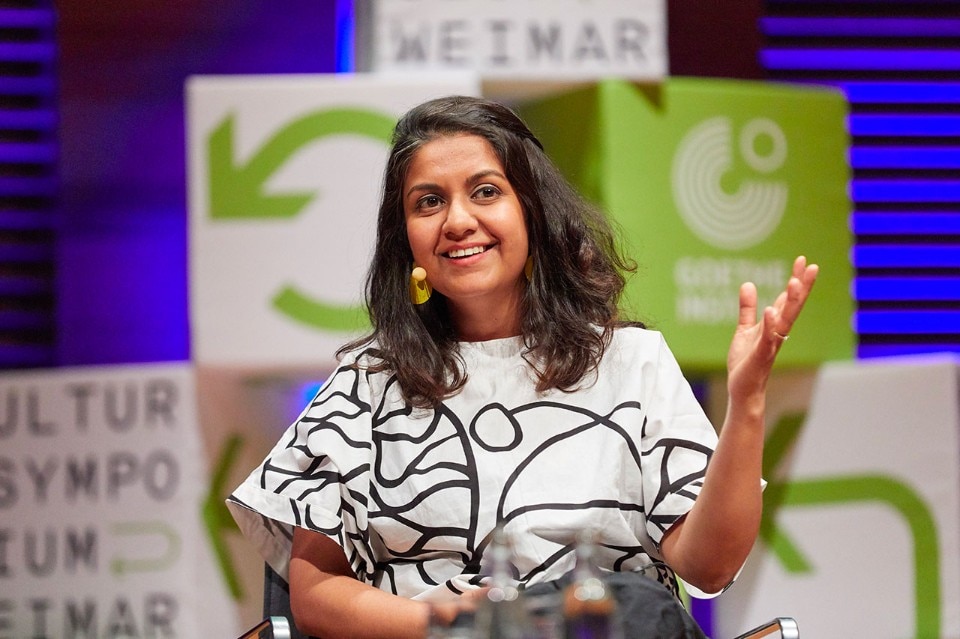
In the dense program of the symposium, themes that are topical today at a global level were exploded and deepened, in a context of ever more rapid and disorienting change: from technologies that allow the extraction of user-data through the Net or that allow the orientation of public opinion through social networks, artificial intelligence and facial recognition, the phenomenon of fake news, the difficulty of culture to express itself in political contexts that are becoming radicalized. The crisis of democracies and the advent of populism, climate change and the automation of work: the Goethe-Institut brought this great complexity to Weimar, where the event has managed to bring together a diverse community, in a proactive and flamboyant atmosphere.
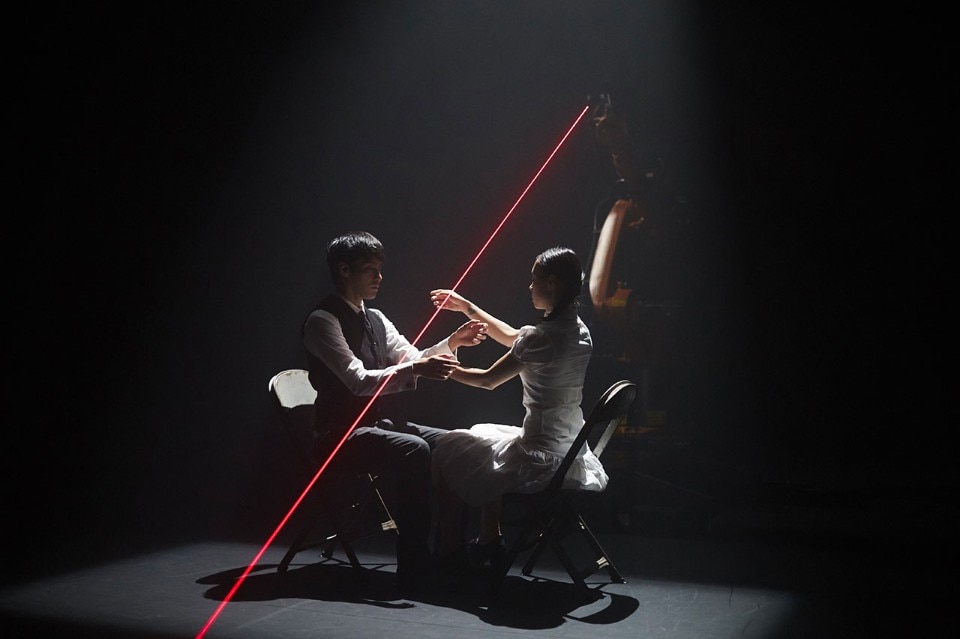
Moving between the event venues spread throughout the city and having conversations with the participants, however, revealed a significant absence for those who, like Domus, deal with architecture: the architects. Architecture, by its nature, records the appearance of ideas in its horizons with a certain delay, precisely because it requires a time for metabolisation with a subsequent concretisation that is often dilated compared to other disciplines. Conversely, this also means that architecture is the tool by which ideas are manifested in the built environment, constituting the places we inhabit every day. What we build is therefore what gives shape to a community, expressing its needs and aspirations. Perhaps the architects who are looking at these issues will be able to obtain some answers from the other side of the world, at the Bi-City Biennale of Urbanism in Shenzhen 2019, which will open next December. The curators Carlo Ratti, Meng Jianmin and Fabio Cavallucci seem to have an intention there, namely to research the spatial and architectural implications of this change, which is primarily technological, economic and social.
- Event:
- Kultursymposium 2019 – “Recalculating the Route”
- Dates:
- June 19-21, 2019
- Organiser:
- Goethe-Institut
- Location:
- Weimar, Germany
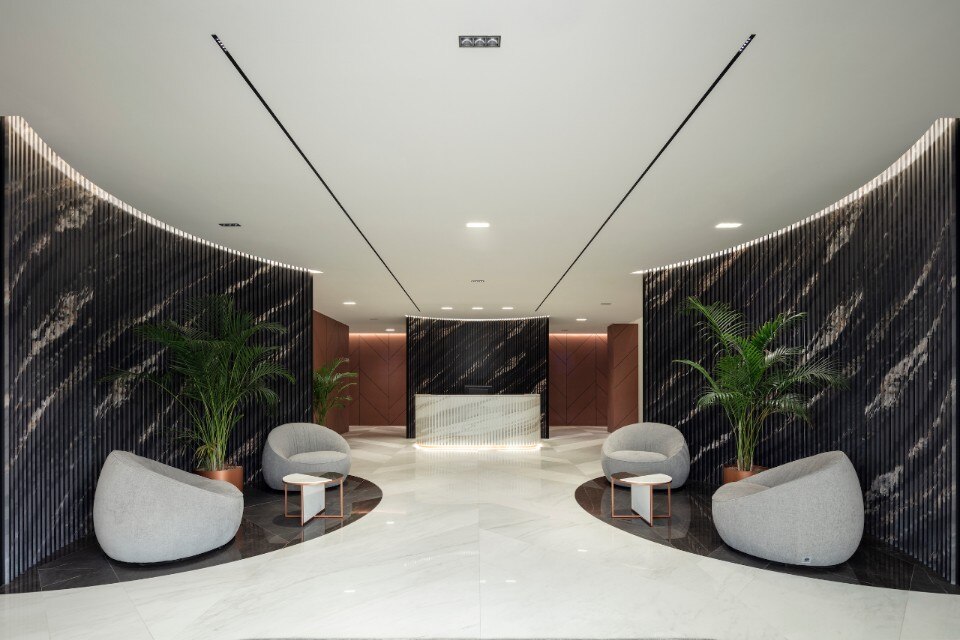
The restyling of Fiandre’s historic headquarters
The project by Iosa Ghini Associati studio is the ultimate expression of the company’s products and philosophy. The result is a workspace meant to be lived in.


